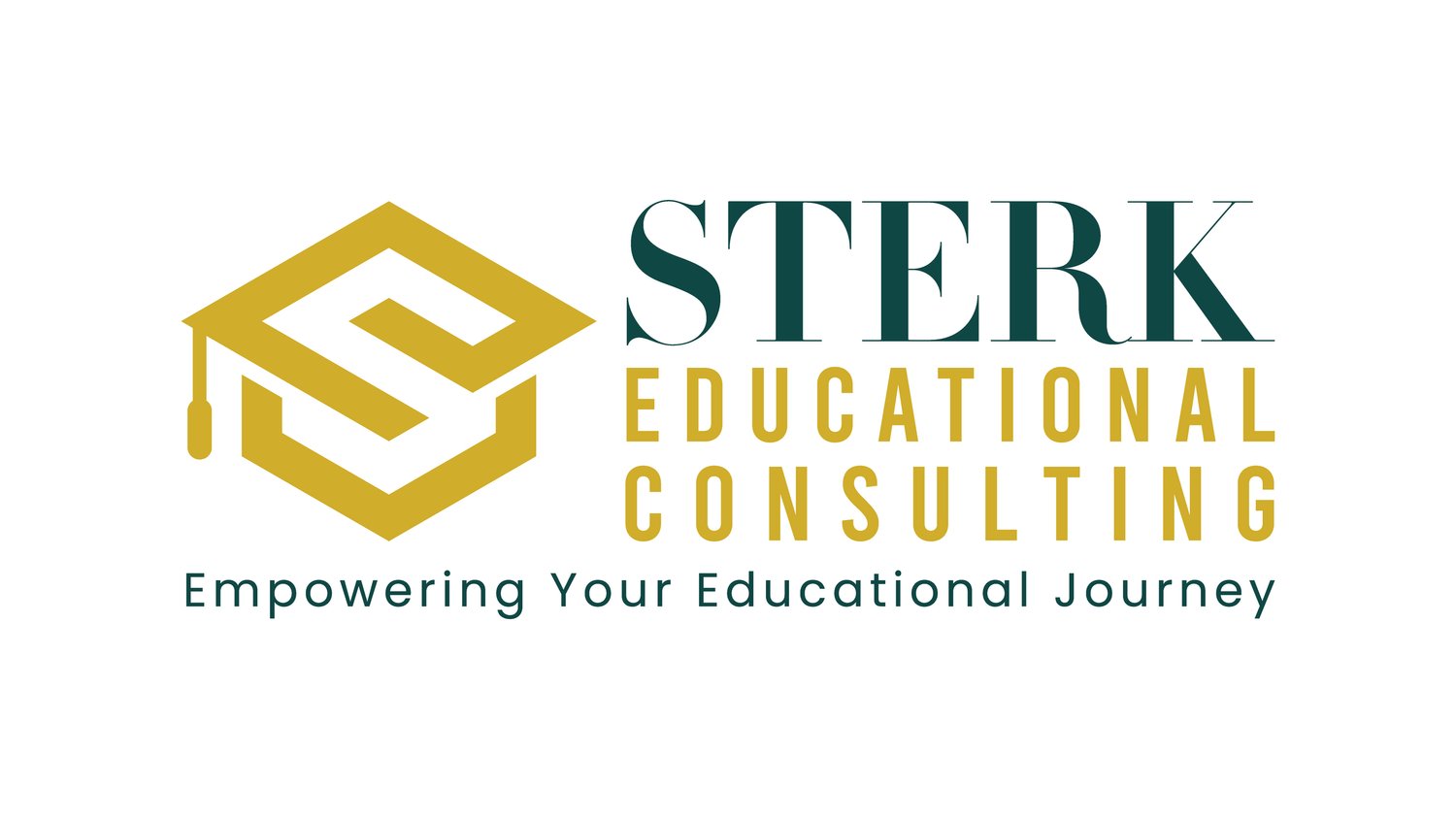Planning for the College Experience
It's that time. Parents look at their children and realize everything is about to change. Soon, your child will head off to college as teenager, and return as an adult. And for the teens about to embark on this quest, you are likely to return with a sack full of debt. How will we all handle it??!
If you are a parent of a young child, like with all savings, the sooner you start the better. One of the ways to accomplish this is with a 529 Savings Account. This is a tax-advantaged savings plan designed to encourage saving for college. According to the Securities and Exchange Commission's website (sec.gov) 529 plans are known as "qualified tuition plans." There are two types of 529 plans: prepaid tuition plans and college savings plans. All 50 states and the District of Columbia sponsor at least one type of 529 plan.
Another early savings tool is permanent (whole) life insurance. While the primary purpose of life insurance is the death benefit protection, the cash value that builds inside of a permanent life insurance policy can be used to fund expenses for college. But unlike a 529, the cash value in the life insurance policy can be utilized for things other than a college education. And in addition to the cash value, a permanent insurance policy will provide protection for that child and its future family.
If you are ready to enter college soon, there are steps you can take to mitigate the cost. Currently, the average cost of a 4-year public college for in-state students stands at around $9,970 per year, and $25,620 for out of state students per year, according to the College Board website.
High School students need to start planning EARLY. Utilize the website collegescholarships.org . Thousands of dollars go untouched every year because people do not either know certain scholarships exist, or don't take the time to apply. Don't wait until the last minute to check out this website.
Another option is filling out the FAFSA – or The Free Application for Federal Student Aid. By going to studentaid.ed.gov you can fill out the application which helps determine financial aid. In addition to the application, there are many resources on this website from different types of aid (I.e. scholarships, grants, loans, work study jobs) to understanding the eligibility requirements to obtaining aid. In fact, many institutions also use the FAFSA form for their own need-based financial aid awards.
There are federal loan options like the Stafford loan, which has more flexible repayment options than private loans. Sometimes, private loans may have lower interest rates than federal student loans, but that will often depend on your credit history, and may require a parental co-signer.
One last word.... Parents, I know sparing your child from the burden of student loans may seem like a wonderful gift, but don't jeopardize your own retirement to pay for your child's college education. There are scholarships, grants, loans, and a variety of repayment plan options for that. Remember, no financial institution is going to give you a loan for your retirement.
Stacey Adams is a Registered Representative of Park Avenue Securities LLC (PAS), Securities products/services offered through PAS, a registered broker/dealer. Financial Representative, The Guardian Life Insurance Company of America (Guardian), New York, NY. PAS is an indirect, wholly owned subsidiary of Guardian. Alliance Financial Group is not an affiliate or subsidiary of PAS. PAS is a member FINRA, SIPC. Insurance policy benefits are reduced by any outstanding loans and loan interest. 2018-60721 Exp 05/20



